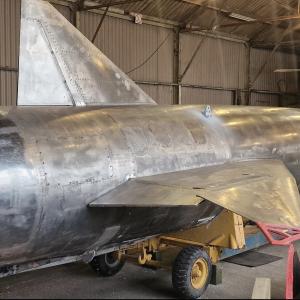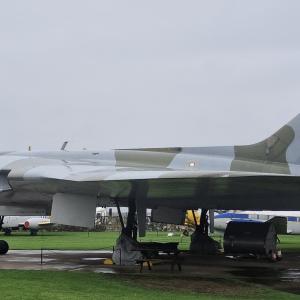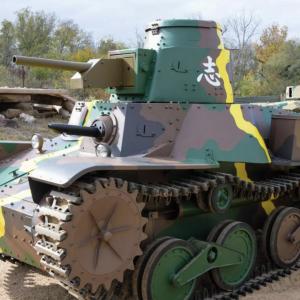
On this day in military history…
On the morning of August 6, 1945, at exactly 8:15 a.m., the United States dropped the first atomic bomb used in warfare on the Japanese city of Hiroshima. The bomb, called “Little Boy,” was carried by a B-29 bomber named Enola Gay and detonated approximately 600 meters above the city center. The explosion produced an enormous blast equivalent to about 15,000 tons of TNT. In just moments, much of the city was destroyed, and tens of thousands of lives were lost.
An estimated 70,000 to 80,000 people were killed instantly by the intense heat, pressure, and radiation. Those closest to the center of the blast were vaporized or severely burned beyond recognition. Many buildings collapsed immediately or caught fire, adding to the destruction. It is estimated that around 13 square kilometers, or 5 square miles, of Hiroshima were completely flattened. Approximately 63 percent of all buildings in the city were destroyed, and more than 20 percent were seriously damaged. The destruction was so complete in the center of the city that only a few steel and concrete structures remained standing, most in ruins.
In the days and months following the bombing, many more people died from severe burns, injuries, and radiation sickness. By the end of 1945, the total death toll is estimated to have reached around 140,000 out of a population of 350,000. Survivors suffered from long-term effects, including hair loss, internal bleeding, nausea, vomiting, and cancers caused by exposure to high doses of radiation. These survivors became known as hibakusha, and many lived with both physical scars and emotional trauma for the rest of their lives.
The bomb also had a devastating effect on the city’s infrastructure. Transportation systems, communication lines, water supply, and medical facilities were either destroyed or rendered useless. Fires caused by the blast and heat spread quickly, creating a massive firestorm that further destroyed homes and made rescue efforts extremely difficult. Bridges melted or buckled, roads were torn apart, and rail tracks were twisted from the intense heat. The environment in and around the city was also affected, with trees reduced to blackened stumps and soil contaminated by radioactive fallout.
The bombing of Hiroshima, followed three days later by a second atomic bomb dropped on Nagasaki, was a key factor in Japan’s decision to surrender on August 15, 1945, effectively ending World War II. However, the enormous loss of life and suffering has led to decades of reflection and debate. Hiroshima became a symbol of the horrors of nuclear warfare, and the event sparked a global movement toward nuclear disarmament. Today, Hiroshima stands not only as a rebuilt modern city but also as a memorial to the victims and a center for peace education, reminding the world of the










